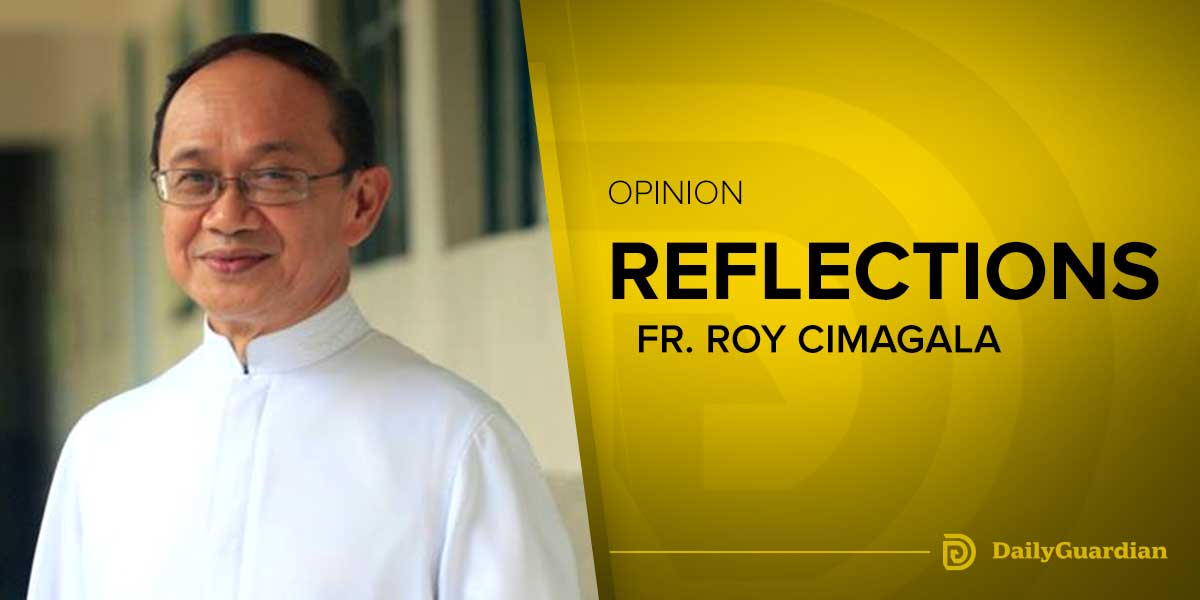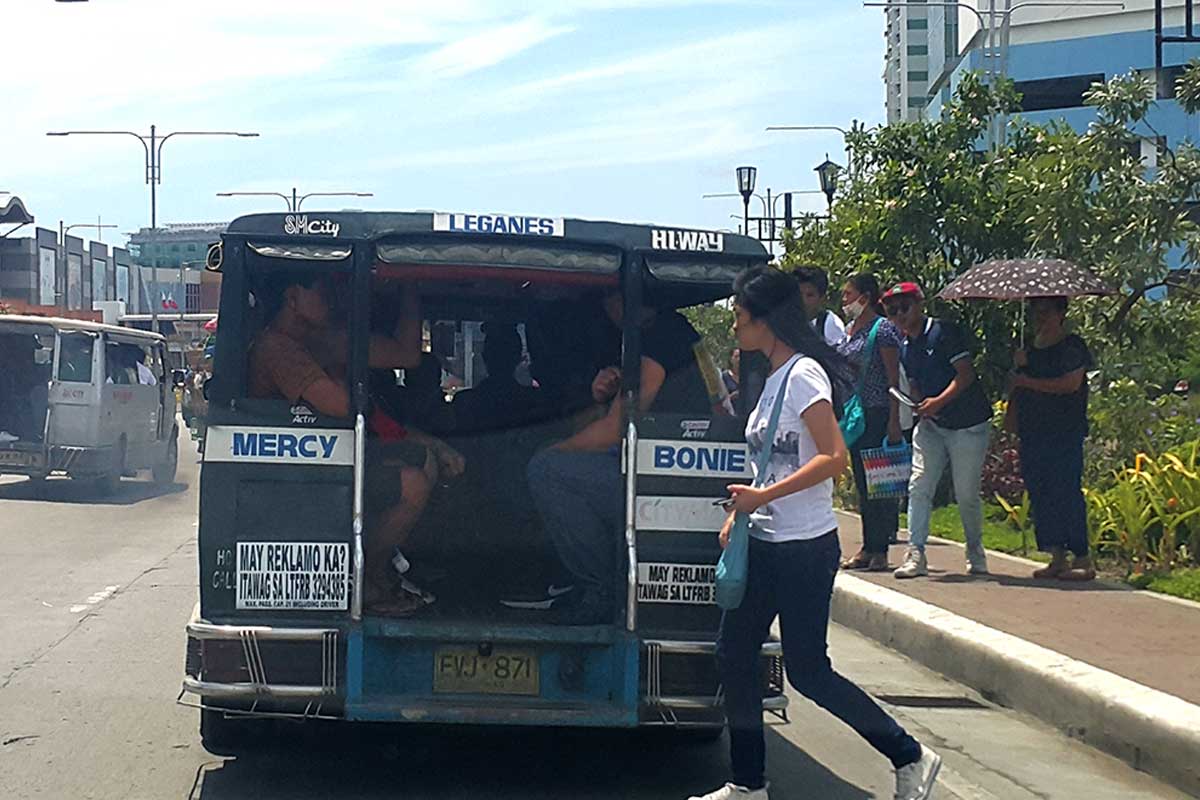
By Joseph B.A. Marzan
The golden death mask excavated in the Iloilo town in Oton in the 1970s, an important relic representing Panay Island’s rich precolonial history, was finally unveiled to the public in Iloilo City last Friday, January 20.
The unveiling was led by National Museum of the Philippines (NMP) Deputy Director General Jorell Legaspi, NMP Board of Trustees member Dr. Jurgenne Primavera, NMP Director for the Visayas Cecilia Tirol, Iloilo 1st district Rep. Janette Loreto-Garin, and Oton Vice Mayor Jose Neil Olivares.
In his welcome address, Legaspi noted that this was supposed to be officially unveiled back in February 2020 to commemorate the birth of renowned Ilonggo anthropologist Felipe Landa Jocano, but it was pushed back due to the coronavirus disease 2019 (COVID-19) pandemic.
A son of Cabatuan, Iloilo, Dr. Jocano was one of the anthropologists who discovered the mask.
The death mask was believed to have protected one’s body upon death against evil spirits from entering it. Made of hammered gold traded in Panay during the pre-colonial times, it weighs around 13 grams and consists of an eyepiece and nose piece.
It was discovered in the 1960s at a grave site in Oton town’s Brgy. San Antonio, which used to be called “Katagman,” the namesake of the town’s May 3 festival which celebrates the burial practice.
NMP Western Visayas researcher Merlyn Geromiano explained that the mask reflects the shared burial traditions of Panay Island with other areas of the country, including in Butuan and Cebu where, as well as other Asian cultures including Bali (Indonesia), Malaysia, China, and Vietnam, where similar death masks have been found.
Geromiano added that this also highlights the role of Oton as a major point for traders back when the country had not fallen to early Western powers.
“[The gold death mask] actually tells us that we are very active in terms of trading relations, not only in inter-island trading here with other Philippine islands, but other countries before the Spaniards,” said Geromiano.






















